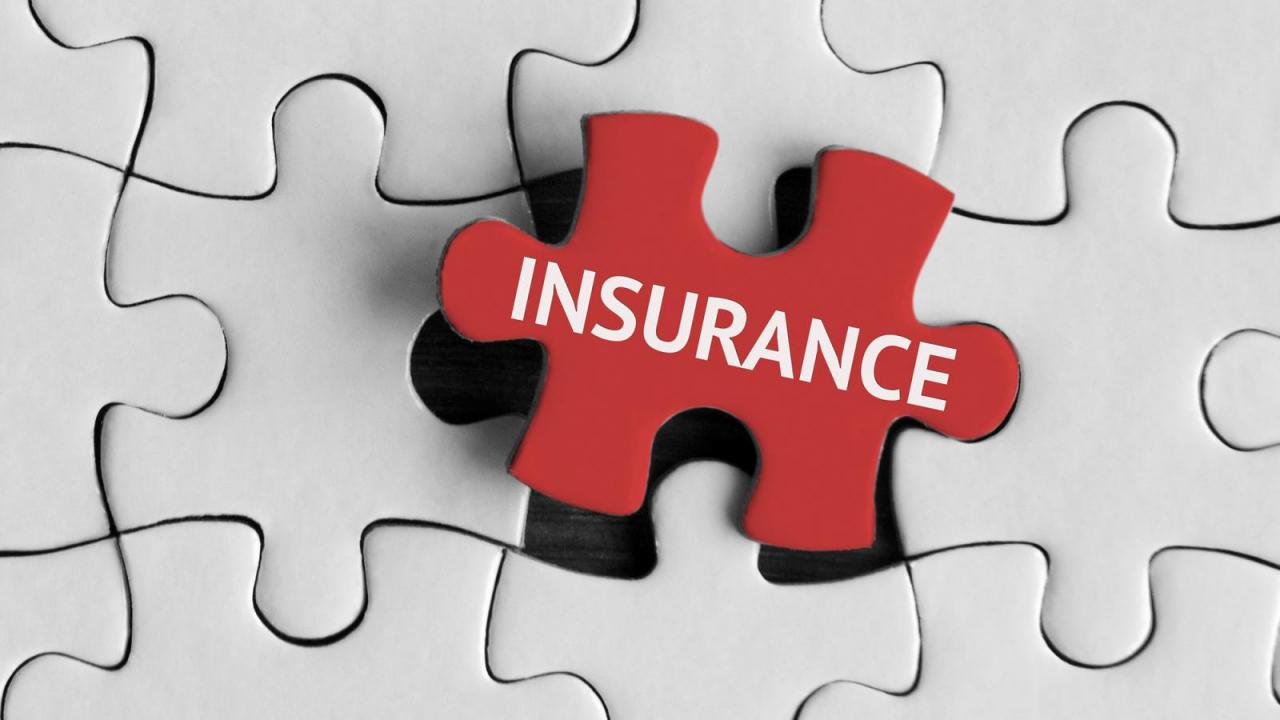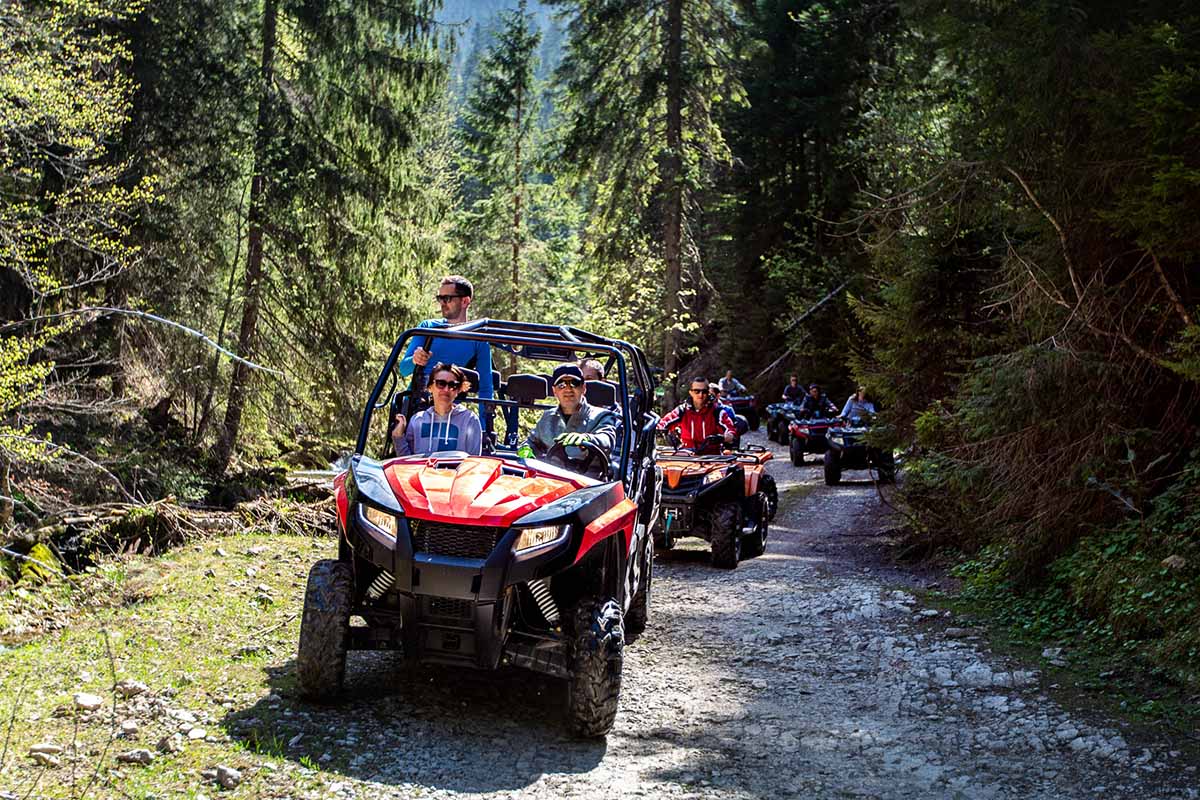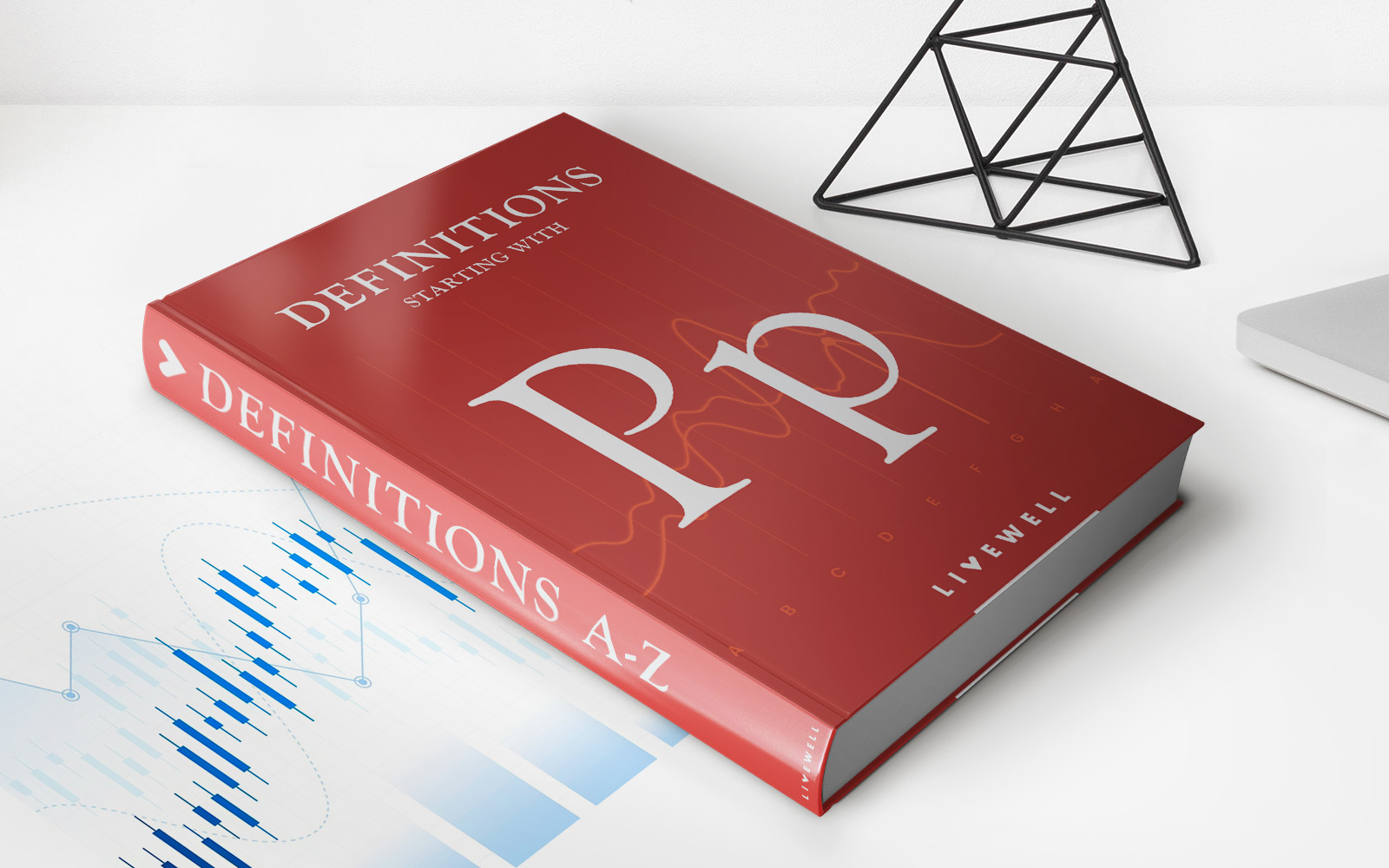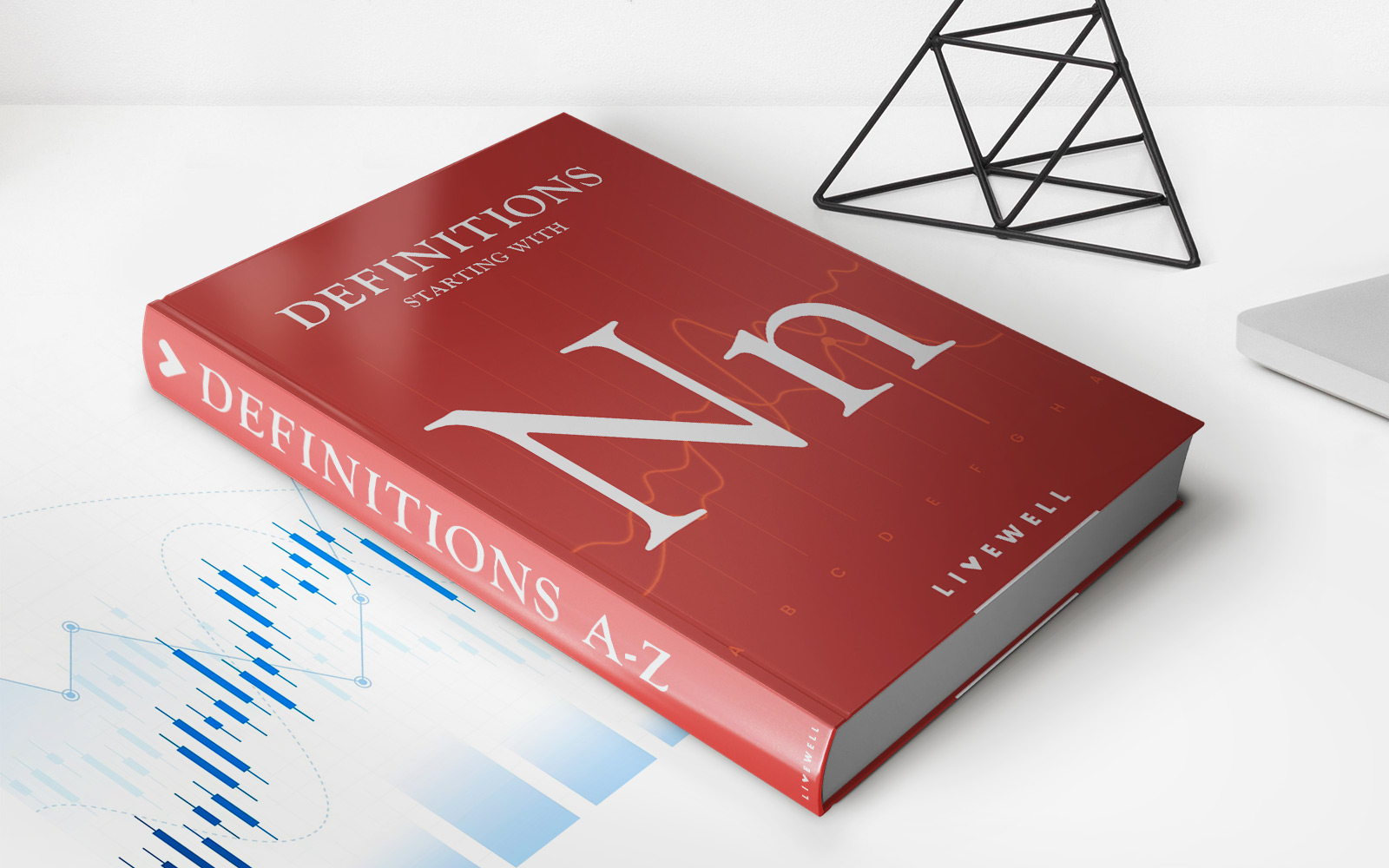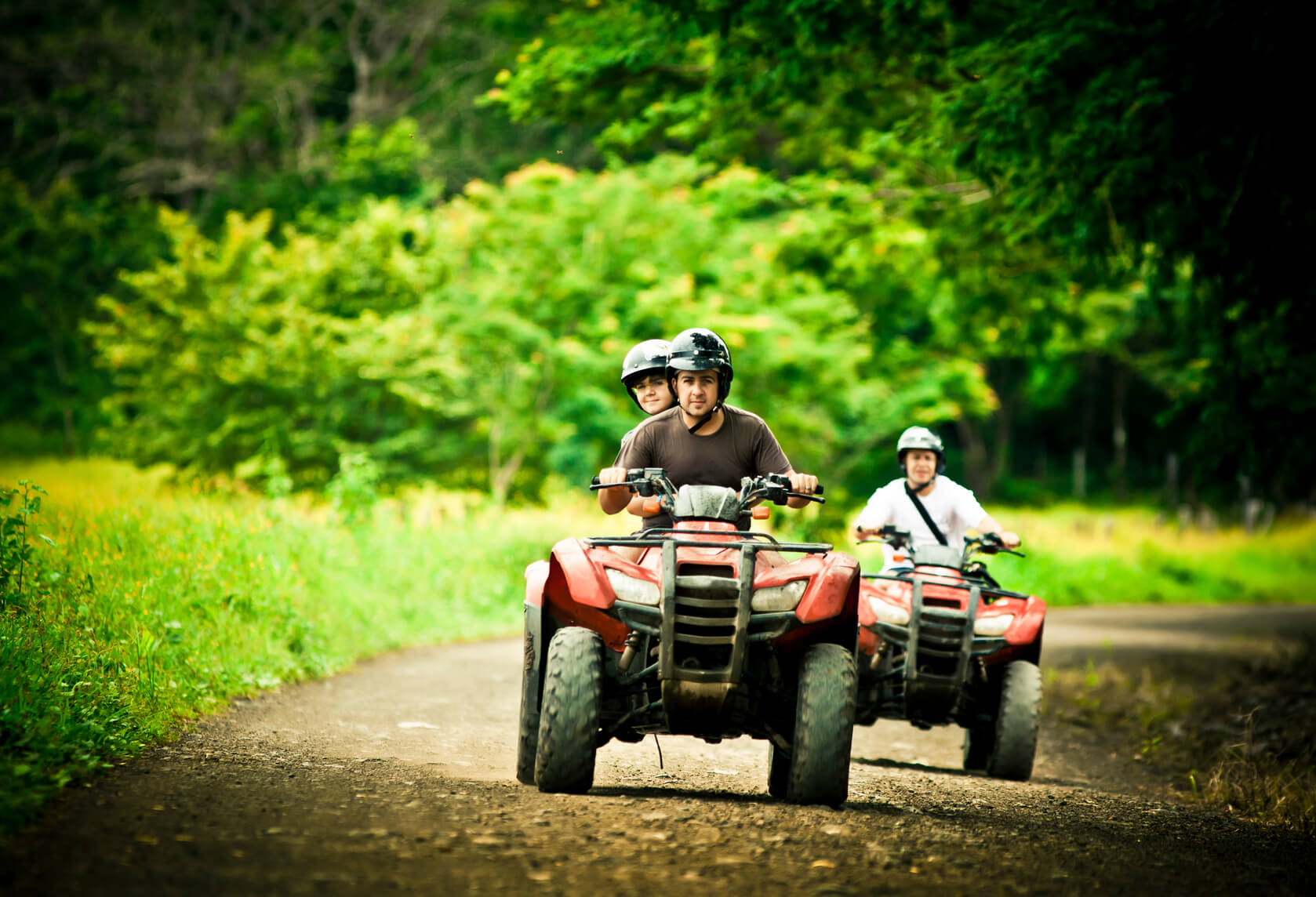

Finance
What Is ATV Insurance?
Published: November 12, 2023
Get the best ATV insurance to protect your finances. Learn about the benefits and coverage options that ATV insurance provides.
(Many of the links in this article redirect to a specific reviewed product. Your purchase of these products through affiliate links helps to generate commission for LiveWell, at no extra cost. Learn more)
Table of Contents
Introduction
Off-roading on an ATV (All-Terrain Vehicle) can be an exhilarating experience. Whether you use it for work purposes, recreational activities, or simply to explore the great outdoors, ATV owners understand the thrill and freedom that comes with riding these powerful machines. However, just like any other vehicle, ATVs are susceptible to accidents and damages. That’s where ATV insurance comes in.
ATV insurance is a type of coverage that protects you financially in the event of accidents, theft, or other unforeseen circumstances involving your ATV. Similar to auto insurance, ATV insurance offers different types of coverage options to suit your specific needs. From liability coverage to comprehensive coverage, each provides a different level of protection for both you and your ATV.
Some people may question the need for ATV insurance, assuming that their homeowner’s or auto insurance policies will cover their ATVs. However, it’s important to understand that ATVs typically require separate insurance coverage due to their unique risks and usage patterns.
ATV insurance not only safeguards you against potential financial losses caused by accidents, but it also helps you comply with local laws and regulations that may require insurance coverage for off-road vehicles. Additionally, many lenders and lease providers may require you to have insurance on your ATV before they can finance or lease it to you.
In this article, we will delve deeper into the world of ATV insurance, exploring the different coverage options available, the factors that can affect your premiums, and how to obtain ATV insurance that suits your needs. By understanding the importance of ATV insurance and making informed choices, you can enjoy your off-road adventures without the worry of financial burdens.
What is ATV Insurance?
ATV insurance is a specialized insurance policy designed to protect ATV owners from financial losses incurred due to accidents, damages, theft, or other covered incidents that may occur while using their ATVs. This type of insurance coverage is similar to auto insurance, but tailored specifically for the unique risks associated with riding ATVs.
ATV insurance provides various coverage options to ensure you are protected in different scenarios. The most common types of coverage include:
- Liability Coverage: This coverage helps pay for damages or injuries caused to others in an ATV accident where you are at fault. It can cover medical expenses, property damage, and legal fees if you are sued.
- Collision Coverage: Collision coverage helps pay for repairs or replacement of your ATV if it is damaged in a collision with an object, such as another vehicle or a tree.
- Comprehensive Coverage: Comprehensive coverage provides protection for your ATV against non-collision-related incidents such as theft, vandalism, fire, or natural disasters.
- Medical Payments Coverage: This coverage helps cover medical expenses for you and your passengers if you are injured in an ATV accident, regardless of fault.
- Uninsured/Underinsured Motorist Coverage: This coverage protects you if you are involved in an accident with another ATV or vehicle that is uninsured or underinsured, and they are at fault. It helps cover medical expenses, property damage, and other related costs.
It’s important to note that ATV insurance coverage options may vary depending on the insurance provider and your specific policy. It’s crucial to review and understand the terms and conditions of your policy to ensure you have the appropriate coverage for your ATV needs.
ATV insurance is not typically mandated by law in all states, but it is still highly recommended due to the potential financial risks involved in ATV usage. Additionally, certain areas, such as off-road parks or public lands, may require ATV owners to have insurance coverage before accessing their facilities.
Now that you understand what ATV insurance is and the various coverage options available, let’s explore each type of coverage in more detail to help you determine which ones are essential for your ATV insurance policy.
Coverage Options
ATV insurance offers a range of coverage options to ensure you have the necessary protection for your ATV and yourself. Understanding these coverage options will help you choose the right policy that meets your needs. Let’s take a closer look at the main coverage options:
- Liability Coverage: Liability coverage is essential in any ATV insurance policy. It helps protect you financially if you are deemed responsible for an accident that causes bodily injury or property damage to someone else. This coverage can help cover medical expenses, legal fees, and property repairs or replacement.
- Collision Coverage: Collision coverage helps cover the cost of repairs or replacement of your ATV if it is damaged in a collision with another vehicle, object, or if it rolls over. This coverage is particularly important if you ride in areas with other vehicles or encounter obstacles that could potentially cause damage.
- Comprehensive Coverage: Comprehensive coverage is designed to protect your ATV from non-collision-related incidents, such as theft, vandalism, fire, or damage caused by natural disasters. It provides financial assistance in repairing or replacing your ATV in such situations.
- Medical Payments Coverage: ATV riding can be thrilling but also carries inherent risks. Medical payments coverage helps cover medical expenses for you and your passengers if you are injured in an ATV accident, regardless of fault. This coverage can help ease the financial burden of medical bills and related expenses.
- Uninsured/Underinsured Motorist Coverage: This coverage protects you if you are involved in an accident with another ATV or vehicle that is uninsured or underinsured, and they are at fault. It covers medical expenses, property damage, and other related costs that their insurance would have typically covered.
It’s important to review your coverage options carefully and consider your specific needs, riding habits, and the area where you ride. While liability coverage is typically a requirement and the foundation of any ATV insurance policy, adding additional coverage options such as collision, comprehensive, medical payments, and uninsured/underinsured motorist coverage can provide you with enhanced protection and peace of mind.
Next, we will explore additional coverage options that you may consider to further customize your ATV insurance policy and better protect yourself and your vehicle.
Liability Coverage
Liability coverage is a critical component of ATV insurance. It provides financial protection if you are at fault for causing an accident that results in bodily injury or property damage to someone else. This coverage helps cover the costs associated with injuries, medical expenses, property repairs, and legal fees.
When you ride an ATV, there is always a risk of accidents and injuries, whether it’s colliding with another ATV, damaging someone’s property, or causing harm to pedestrians or other individuals nearby. Without liability coverage, you could be held personally responsible for these expenses, which can be financially devastating.
Liability coverage typically includes two components:
- Bodily Injury Liability: This aspect of liability coverage pays for medical expenses, rehabilitation costs, and even lost wages for the injured party if you are held responsible for causing injuries in an accident with your ATV.
- Property Damage Liability: Property damage liability coverage helps reimburse the cost of repairing or replacing someone else’s property that you have damaged in an ATV accident. This could include vehicles, buildings, fences, or any other property that sustains damage due to your actions.
It’s important to note that liability coverage has limits, which represent the maximum amount the insurance company will pay for each type of damage or injury. These limits are typically stated as two separate amounts, such as $100,000/$300,000, where the first number represents the maximum amount per person for bodily injury, and the second number represents the total maximum amount for bodily injury per accident. The property damage liability limit may be listed as a separate amount.
When selecting liability coverage for your ATV insurance policy, it’s crucial to consider your potential risk exposure and choose coverage limits that adequately protect your assets. If the damages caused in an accident exceed your liability coverage limits, you could be personally liable for the remaining costs.
It’s always a good idea to consult with an insurance agent or professional to assess your liability insurance needs and determine the appropriate coverage limits for your specific situation.
Now that you understand the importance of liability coverage in your ATV insurance policy, let’s explore other coverage options that can further protect you and your vehicle.
Collision Coverage
Collision coverage is an essential component of ATV insurance and provides financial protection for damages to your ATV caused by a collision with another vehicle or object. This coverage helps cover the costs of repairing or replacing your ATV in the event of a collision.
ATVs are designed to tackle rugged terrains, and accidents can happen, especially if you use your ATV in areas with other vehicles or encounter obstacles. Whether you accidentally collide with another ATV, a tree, or even a stationary object, the cost of repairing or replacing your ATV can be significant.
Collision coverage helps mitigate these financial burdens by assisting with the expenses associated with repairing or replacing your ATV. This coverage typically pays based on the actual cash value (ACV) of your ATV at the time of the accident. ACV takes into consideration factors such as the age, condition, and depreciation of your ATV.
It’s important to note that collision coverage usually comes with a deductible, which is the amount you must pay out of pocket before the insurance coverage kicks in. The higher the deductible you choose, the lower your premium may be. However, it’s crucial to select a deductible amount that you can comfortably afford in the event of an accident.
While collision coverage is not typically required by law, it is highly recommended, especially if your ATV has a high value or if you frequently ride in areas with other vehicles. Without collision coverage, you would be responsible for the costs of repairing or replacing your ATV, which can be a significant financial burden.
Consider your riding habits, the terrain you navigate, and the potential risks you may encounter when deciding whether collision coverage is right for your ATV insurance policy. Evaluating the value of your ATV and your ability to cover the cost of repairs or replacement out of pocket can also help you determine the necessity of collision coverage.
Now that you understand the importance of collision coverage, let’s explore another valuable coverage option in ATV insurance: comprehensive coverage.
Comprehensive Coverage
Comprehensive coverage is a crucial component of ATV insurance that provides protection against non-collision-related incidents. This coverage helps cover the costs of repairing or replacing your ATV in situations such as theft, vandalism, fire, or damage caused by natural disasters.
While collision coverage protects your ATV in the event of a collision, comprehensive coverage provides coverage for a wider range of risks. ATVs are often targeted by thieves due to their portability and high resale value. Without comprehensive coverage, you would be solely responsible for the costs of replacing your ATV if it gets stolen.
In addition to theft, vandalism is another common risk faced by ATV owners. Your ATV may be intentionally damaged or defaced, leading to costly repairs. Comprehensive coverage helps cover these expenses, giving you peace of mind knowing that you are protected against such incidents.
Furthermore, comprehensive coverage extends to natural disasters such as fires, floods, earthquakes, or storms that can cause damage to your ATV. These events are beyond your control and can result in significant financial loss without the appropriate insurance coverage.
Similar to collision coverage, comprehensive coverage usually comes with a deductible that you must pay before the insurance coverage takes effect. It’s important to carefully consider the deductible amount as it can influence your premium. Selecting a deductible that you can comfortably afford is crucial.
When deciding whether to include comprehensive coverage in your ATV insurance policy, consider factors such as the value of your ATV, regional risks, and your budget. If you have a newer or more expensive ATV, comprehensive coverage can provide valuable protection against various incidents that could result in significant financial loss.
Now that you understand the significance of comprehensive coverage for your ATV insurance policy, let’s move on to another important coverage option: medical payments coverage.
Medical Payments Coverage
Medical payments coverage, also known as MedPay, is a valuable component of ATV insurance that provides coverage for medical expenses resulting from injuries sustained in an ATV accident, regardless of fault. This coverage can help alleviate the financial burden associated with medical bills and related expenses.
One of the inherent risks of riding ATVs is the potential for accidents and injuries. Even with proper safety precautions, accidents can happen. Medical payments coverage ensures that you and your passengers receive necessary medical treatment and care in the event of an ATV accident.
If you or your passengers are injured in an ATV accident, medical payments coverage can help cover various medical expenses, including hospital visits, surgeries, anesthesia, X-rays, ambulance fees, and other related costs. It provides a valuable safety net and can help ease the financial strain that often accompanies medical treatment.
What makes medical payments coverage particularly beneficial is that it typically pays regardless of who is at fault in the accident. This means that even if you caused the accident, your own medical expenses are covered.
It’s important to note that medical payments coverage has its limits, just like any other insurance coverage. The specific amount of coverage will depend on the policy and coverage limits you choose when purchasing ATV insurance. Additionally, there may be restrictions and exclusions, so it’s essential to review your policy carefully to understand what expenses are covered.
Utilizing medical payments coverage for injuries sustained in an ATV accident can help you focus on recovery rather than worrying about medical bills and expenses. It can provide crucial financial support during a challenging time.
When considering whether to include medical payments coverage in your ATV insurance policy, it’s essential to evaluate your personal health insurance coverage, the potential costs of medical treatment, and your comfort level with taking on those expenses out of pocket.
Now that you understand the importance of medical payments coverage, let’s explore another crucial coverage option: uninsured/underinsured motorist coverage.
Uninsured/Underinsured Motorist Coverage
Uninsured/underinsured motorist (UM/UIM) coverage is an essential component of ATV insurance that protects you if you are involved in an accident with another ATV or vehicle that either lacks insurance coverage or has insufficient coverage to fully compensate for your injuries and damages.
Despite legal requirements for ATV insurance in some areas, there are still ATV riders who either choose not to carry insurance or fail to maintain adequate coverage. If you are involved in an accident with an uninsured or underinsured ATV or vehicle, you could be left with significant financial losses.
Uninsured motorist coverage provides financial protection for medical expenses, lost wages, pain and suffering, and other damages if you are injured by an uninsured ATV rider or vehicle driver. This coverage helps bridge the gap when the at-fault party lacks insurance coverage to compensate you adequately.
Similarly, underinsured motorist coverage protects you if the at-fault party’s insurance coverage is insufficient to fully cover your injuries and damages. If the at-fault party’s liability limits are reached, underinsured motorist coverage steps in to provide additional compensation, up to the limits of your policy.
Having UM/UIM coverage in your ATV insurance policy is crucial for your financial security. It ensures that you are not left bearing the financial burden of an accident caused by an uninsured or underinsured ATV rider or vehicle driver.
It’s important to note that UM/UIM coverage limits should be carefully considered. The coverage limits represent the maximum amount the insurance company will pay for your injuries and damages. Choosing higher coverage limits can provide you with increased financial protection.
When deciding whether to include UM/UIM coverage in your ATV insurance policy, consider the number of uninsured or underinsured riders in your area, the potential for accidents involving other ATV riders or vehicles, and the potential financial impact of being involved in such an accident.
Now that you understand the significance of uninsured/underinsured motorist coverage, let’s explore additional coverage options that you may consider adding to your ATV insurance policy.
Additional Coverage Options
While liability, collision, comprehensive, medical payments, and uninsured/underinsured motorist coverage are the primary coverage options in ATV insurance, there are additional coverage options you may consider adding to your policy to further customize your protection. These additional coverage options provide enhanced coverage and can help address specific needs or concerns.
Some of the additional coverage options available in ATV insurance include:
- Accessory Coverage: This coverage helps protect modifications and accessories added to your ATV, such as custom parts, aftermarket equipment, sound systems, or trailers.
- Towing and Roadside Assistance: This coverage provides assistance if your ATV breaks down or needs towing. It can help cover the cost of a tow truck, roadside repairs, or even transportation for you and your ATV.
- Rental Reimbursement: If your ATV is damaged and needs repairs, rental reimbursement coverage can help cover the cost of renting a temporary replacement vehicle while your ATV is being fixed.
- Off-Road Coverage: Off-road coverage extends your ATV insurance to cover damages and injuries that occur during recreational activities such as trail riding, dune bashing, or off-road racing.
- Guest Passenger Liability: This coverage provides liability protection for any passengers riding on your ATV. It helps cover any injuries or damages they may sustain in an accident.
Adding these additional coverage options can give you extra peace of mind and ensure that you have comprehensive protection for your ATV. However, it’s important to note that each additional coverage option will increase the overall premium cost of your policy.
When considering these additional coverage options, evaluate your specific ATV usage, the value of your ATV and its accessories, and your budget. Assessing your needs and balancing them with the cost of the coverage will help you make an informed decision.
Now that you are aware of the additional coverage options available, let’s explore the factors that can impact your ATV insurance premiums.
Factors Affecting ATV Insurance Premiums
When determining your ATV insurance premiums, insurance companies take into account various factors that can impact the level of risk associated with insuring your ATV. Understanding these factors can help you better understand the cost of your insurance policy.
Here are some key factors that can affect ATV insurance premiums:
- Age and riding experience: Younger riders and those with less riding experience are considered higher-risk and may face higher insurance premiums.
- Location: The region where you live and ride your ATV can impact your premiums. Areas with higher instances of theft or accidents may result in higher insurance rates.
- Type and value of the ATV: The make, model, and value of your ATV can affect your premiums. More expensive or high-performance ATVs may come with higher insurance costs.
- Usage: Insurance companies consider how often and where you ride your ATV. If you frequently ride in high-risk areas or participate in competitive events, your premiums may be higher.
- Claims history: Your personal claims history, including past accidents or insurance claims, can impact your premiums. A history of multiple claims may result in higher rates.
- Deductible amount: Choosing a higher deductible can lower your premiums. However, you should consider your ability to pay the deductible in the event of a claim.
- Credit history: In some regions, insurance companies may check your credit history as it can be an indicator of your likelihood to file a claim.
- Discounts: Insurance companies often offer discounts for safe driving records, completion of ATV safety courses, or bundling multiple policies together.
It’s important to note that each insurance company may weigh these factors differently, resulting in varying premium rates. To ensure you get the best coverage at an affordable price, it’s advisable to shop around and compare quotes from multiple insurance providers.
By understanding the factors that influence ATV insurance premiums, you can make informed decisions when choosing coverage options and finding the most suitable policy for your needs and budget.
Now that you have a good grasp of the factors affecting ATV insurance premiums, let’s explore the process of obtaining ATV insurance.
How to Get ATV Insurance
Obtaining ATV insurance is a straightforward process that involves a few key steps. Whether you’re a first-time ATV owner or looking to switch insurance providers, here’s a step-by-step guide on how to get ATV insurance:
- Evaluate Your Coverage Needs: Assess your ATV usage, the potential risks involved, and the level of protection you require. Consider factors such as liability limits, collision and comprehensive coverage, and any additional coverage options that may be relevant to your situation.
- Gather Information: Collect the necessary information about your ATV, including the make, model, year, Vin number, and any modifications or accessories added. Insurance companies will need this information to determine the appropriate coverage and premiums.
- Compare Insurance Providers: Research different insurance companies and obtain quotes from multiple providers. Compare the coverage options, premiums, discounts, and customer reviews to find the best fit for your needs.
- Contact Insurance Companies: Reach out to the insurance companies you are interested in and provide them with the required information about your ATV. Discuss your coverage needs and ask any questions you may have about the policy.
- Review and Customize Your Policy: Once you receive quotes and policy details from insurance providers, carefully review the terms and conditions, coverage limits, deductibles, and any additional coverage options. Customize your policy to meet your specific needs.
- Purchase Your Policy: Once you’ve chosen the insurance provider and policy that suits your needs, complete the necessary paperwork, provide payment, and purchase your ATV insurance policy.
- Keep Your Policy Updated: Regularly review your ATV insurance policy to ensure it meets your current needs. Update any changes in your ATV information, coverage requirements, or ridership details with your insurance provider.
Remember, having proof of ATV insurance is not only important for your financial protection, but it may also be required by law or by the facilities where you ride your ATV. Ensure that you have your insurance documents easily accessible whenever you take your ATV out for a ride.
By following these steps, you can obtain the necessary ATV insurance coverage to protect you, your ATV, and others from potential financial losses.
Now that you know how to obtain ATV insurance, let’s summarize the main points we’ve covered in this article.
Conclusion
ATV insurance is an essential investment for ATV owners who want to protect themselves and their vehicles from potential financial losses. By understanding the different coverage options available, such as liability coverage, collision coverage, comprehensive coverage, medical payments coverage, and uninsured/underinsured motorist coverage, ATV owners can choose the policies that best suit their needs.
Liability coverage is crucial, as it protects ATV owners from financial responsibilities if they cause an accident resulting in injuries or property damage to others. Collision coverage helps cover the costs of repairing or replacing an ATV involved in a collision, while comprehensive coverage provides protection against non-collision incidents such as theft, vandalism, and natural disasters.
Medical payments coverage ensures that ATV riders and their passengers are protected in the event of an accident, covering medical expenses regardless of who is at fault. Moreover, uninsured/underinsured motorist coverage provides financial protection when involved in an accident with an ATV or vehicle that lacks insurance coverage or has insufficient coverage to compensate for injuries and damages.
In addition to these main coverage options, ATV owners may also consider added coverage for accessories, towing and roadside assistance, rental reimbursement, off-road activities, and guest passenger liability. These additional options can further enhance the protection provided by an ATV insurance policy.
Factors such as age, location, ATV type and value, usage, claims history, deductible amount, credit history, and available discounts can all impact ATV insurance premiums. It’s important to compare quotes from different insurance providers to find the most suitable coverage at a competitive price.
To obtain ATV insurance, evaluate your coverage needs, gather the necessary information, compare insurance providers, contact them to discuss your requirements, review and customize your policy, and complete the purchasing process. Keeping your policy updated is important to ensure it reflects any changes in your ATV or coverage needs.
By taking the time to understand ATV insurance and the available options, ATV owners can enjoy their off-roading adventures with a sense of security, knowing they are financially protected. Stay safe and make informed decisions to protect yourself, your ATV, and the people around you. Happy riding!



